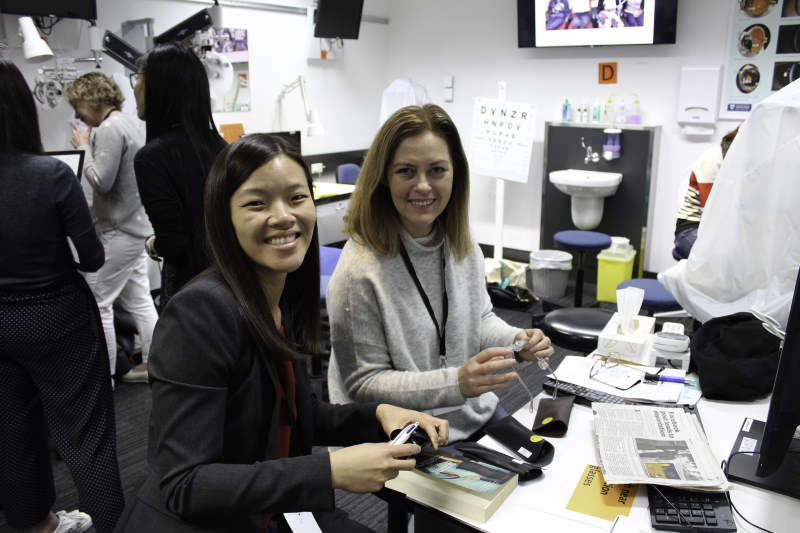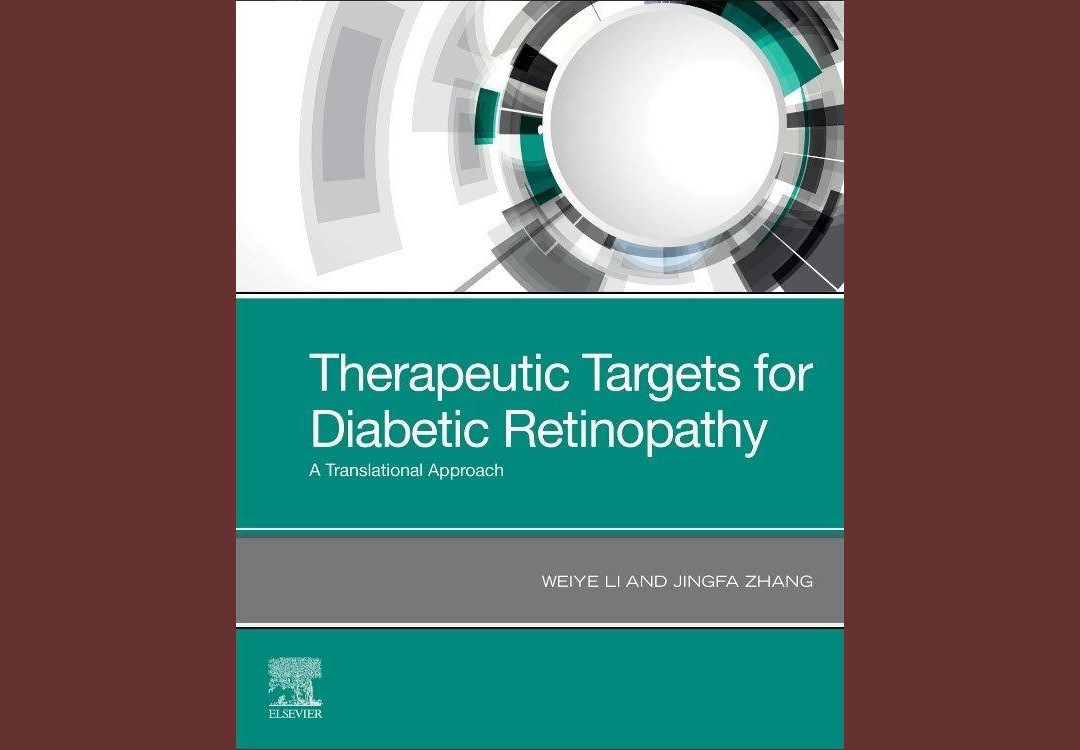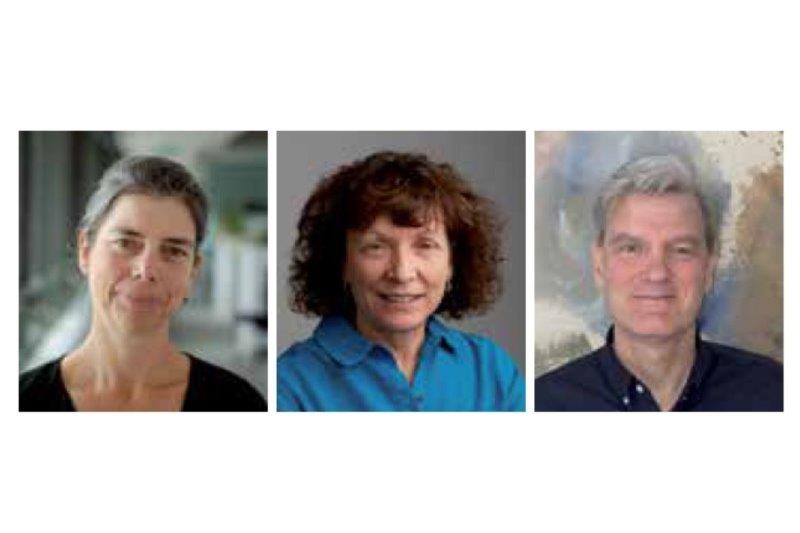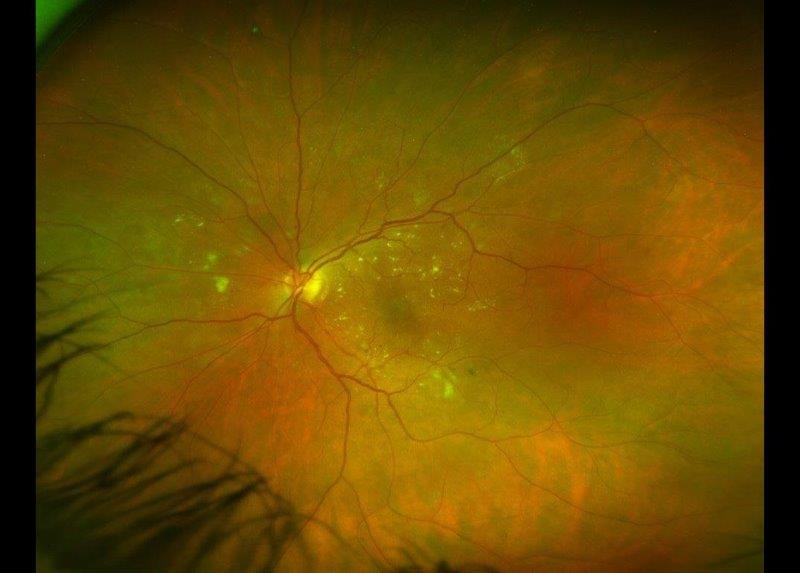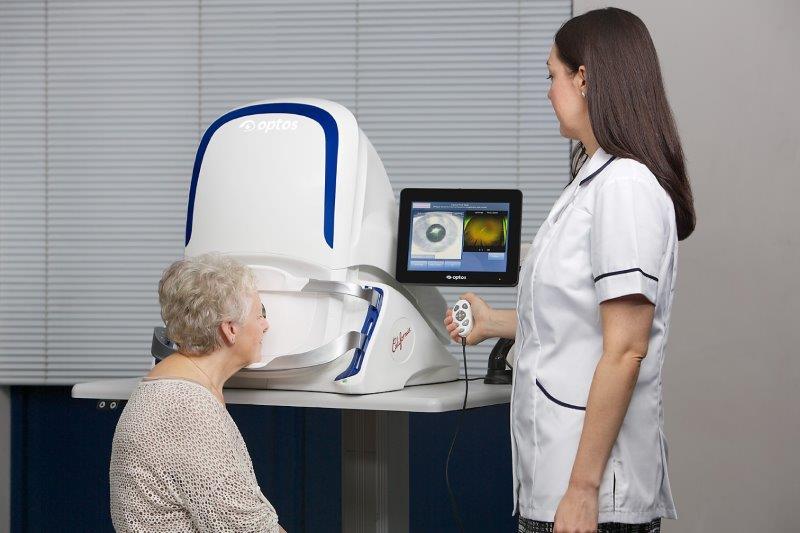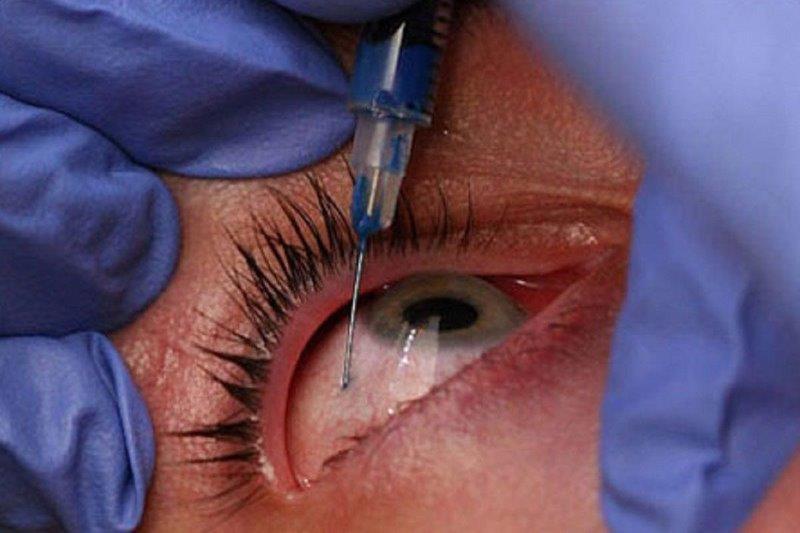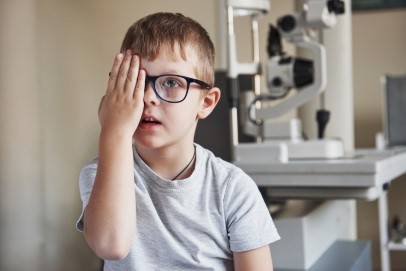SOVS Advancing clinical practice
After the welcome and mihi, Jack Phu from the Centre for Eye Health in Sydney opened this year’s University of Auckland School of Optometry and Vision Science (SOVS) conference with a talk on reconciling structure and function in disease diagnosis.
He illustrated the clinical conundrum whereby some patients have a deficit in structure with an accompanying loss of visual function, whereas other patients do not appear to have loss of function. He underlined the need to use pathophysiology of the disease to understand the structure-function relationship and the importance of identifying the most appropriate clinical tests by changing how we take a patient’s history.
With an increasing number of migrants in New Zealand, SOVS professional teaching fellow John McLennan challenged us to consider glaucoma in people of European ethnicity to be the exception rather than the norm. He presented a literature review highlighting the variations in prevalence of primary glaucoma with ethnicity.
Robert Ng reported on his time at SUNY (the State University of New York) on his Snowvision Scholarship and discussed some of the similarities and differences between the American and New Zealand models of eye care, highlighting the lack of identity of medical optometry in New Zealand. In the US, this is more clearly defined with dilation the minimum standard of care and systemic blood pressure routinely measured by optometrists.
An update on treatment for adenovirus was presented by fellow SOVS staffer Dr Geraint Phillips. A combination of povidone iodine and steroid reduces the course of the condition and prevents corneal complications. A commercial formulation is not yet available, so the drops require compounding. Dr Phillips also clarified the ability of optometrists to issue medical certificates under the Holidays Amendment Act so we can keep these patients from sharing their viruses with their colleagues.
Dr Angelica Ly, also from the Centre for Eye Health, presented on multimodal imaging. She provided a concise review of imaging technologies currently available and demonstrated the multimodal imaging use with a series of case studies showing how it can improve diagnosis and disease prognostication and allow better case management. Multimodal imaging allows clinicians to ensure nothing is missed and, in some cases, it may dramatically alter the best practice management plan.
Tauranga optometrist Alex Petty then discussed the need to develop a New Zealand myopia action group and undertake research to establish the prevalence of myopia here to support prevention and intervention measures to reduce future economic and social costs. CooperVision’s Joe Tanner continued this theme, providing a study update on MiSight 1-day contact lenses for myopia control. The lenses continue to be effective after four years and are showing good results in older children, he said.
Vision science research updates
Associate Professor Sam Schwarzkopf opened his talk by demonstrating variability in response to ocular illusions. He described his visual cortex tuning research and its links to perception and illustrated functional MRI methods used to model how visual objects are represented in the visual cortex.
The results of a series of studies measuring recognition acuity in children were shared by Dr Lisa Hamm. She described the development of a new set of optotypes for use in children as well as the use of technology to reduce scoring variability and to estimate viewing distance.
A group of current optometry undergraduate students presented results from their summer student projects on a range of topics including visual impairment in stroke (Carla Fasher), virtual reality on tear film quality and dry eye (Joyce Wong), erythropoietin on the premature sheep eye (Muthana Noori) and a novel eyelid massage device for meibomian gland dysfunction (Jasmine Feng).
Workshops
The afternoon consisted of two workshop sessions, with attendees able to choose from a variety of topics: myopia control, ocular imaging, orthokeratology, low vision, colour vision and a glaucoma peer review session. These workshops provided an in-depth and hands on approach to the subjects and were a great opportunity to refresh and expand knowledge of these specialist areas.
Posters provided by optometry staff and postgraduate students were available for viewing throughout the day, during session breaks.
The conference concluded with drinks and nibbles and a ‘prize draw’ for those who had visited each of the trade displays during the day and stamped their “passports”. Congratulations to all the winners and to the School of Optometry and Vision Science on a second conference that exceeded expectations and set the bar for future events.
Rebecca Findlay is a PhD candidate with the School of Optometry and Vision Science and a paediatric optometrist for Counties Manukau Health.










